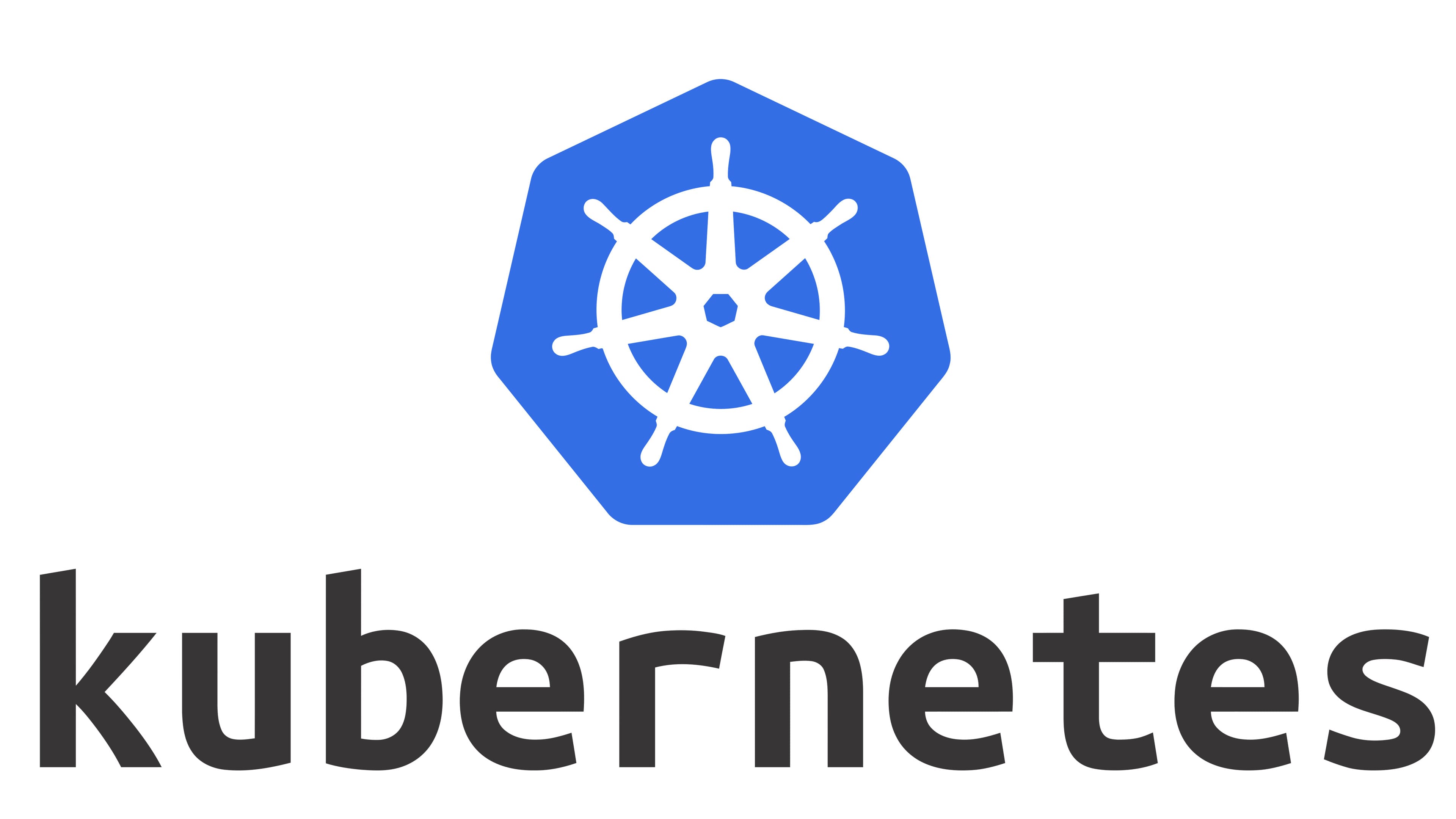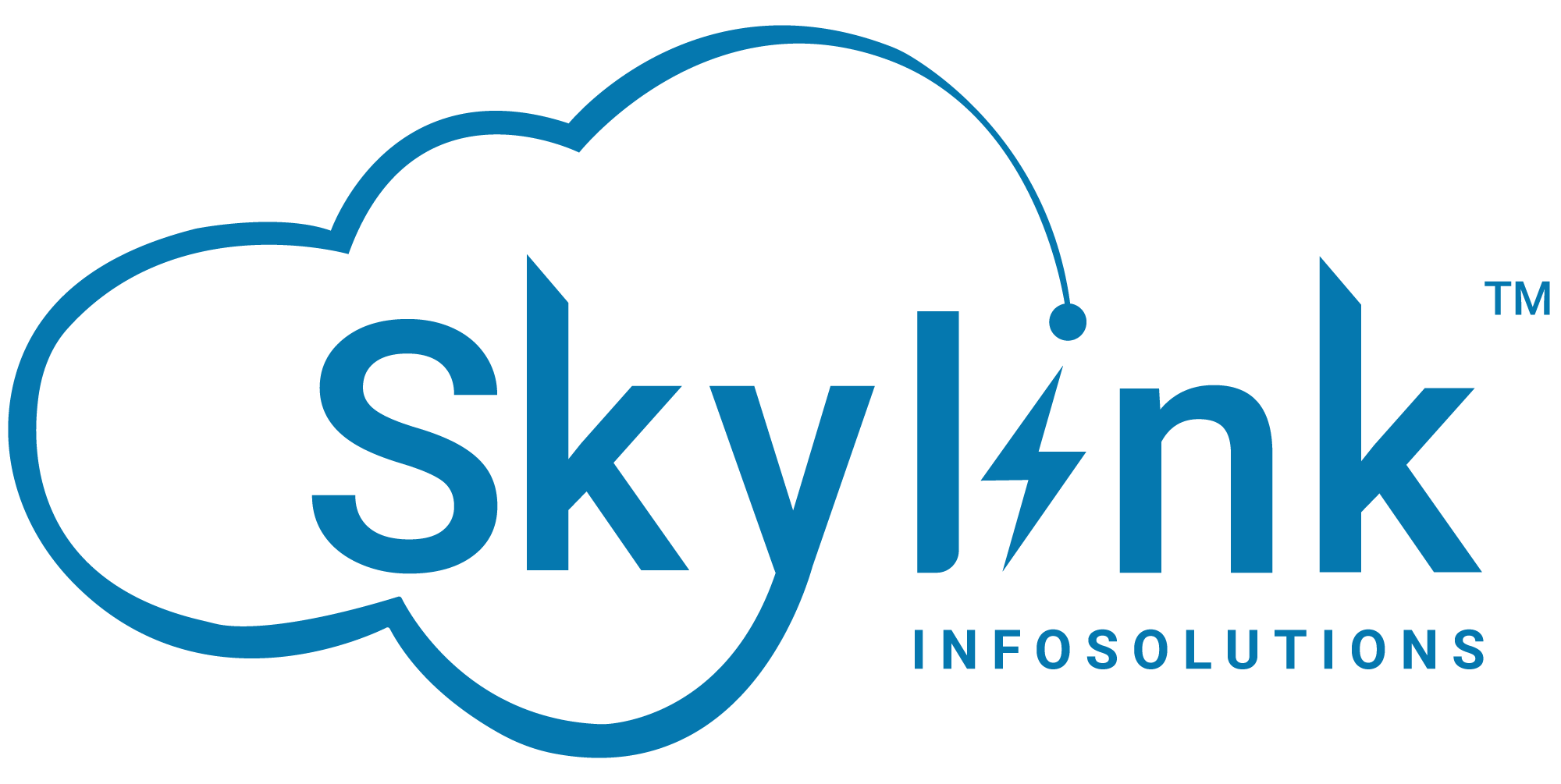
Managing Containers at Scale: Kubernetes Essentials for Developers
Kubernetes has become the industry-standard orchestration platform for deploying, scaling, and managing containerized applications. Designed by Google and now maintained by the Cloud Native Computing Foundation (CNCF), Kubernetes offers powerful tools for running production-grade systems with resilience and automation.
Why Kubernetes Matters in Modern Development
As applications grow in complexity, Kubernetes helps maintain reliability and uptime. It automates container scheduling, self-healing, service discovery, and horizontal scaling—empowering developers to focus more on building features and less on infrastructure headaches.
Kubernetes abstracts infrastructure concerns, integrates seamlessly with CI/CD pipelines, and supports hybrid and multi-cloud setups—making it a top choice for DevOps teams globally.
Key Kubernetes Concepts Developers Should Understand
Here’s what developers need to grasp to harness Kubernetes effectively:

- Pods & ReplicaSets
- Deployments & Rollbacks
- Services & Ingress Controllers
- ConfigMaps & Secrets
- Horizontal Pod Autoscaling
- Helm Charts for Package Management
Top 3 Benefits of Using Kubernetes
Why engineering teams embrace Kubernetes:
- 1. Infrastructure as Code & Declarative Configuration
- 2. Automated Scaling & Self-Healing Applications
- 3. Seamless Rolling Updates with Minimal Downtime
Book a Call with Skylink
Let's Talk Tech, Strategy & Solutions
Whether you have a project in mind, need expert consultation, or just want to explore possibilities schedule a meeting with our team. We're here to listen, guide, and collaborate.

